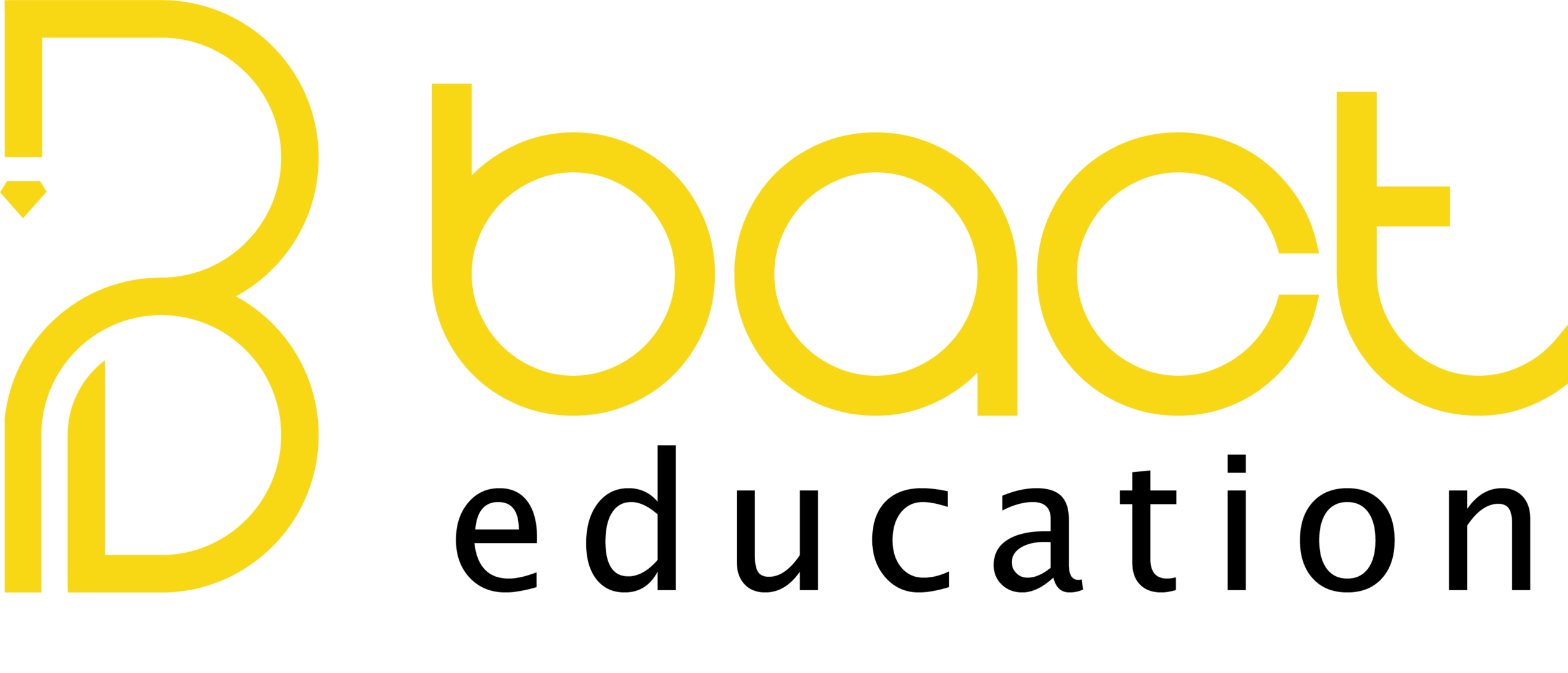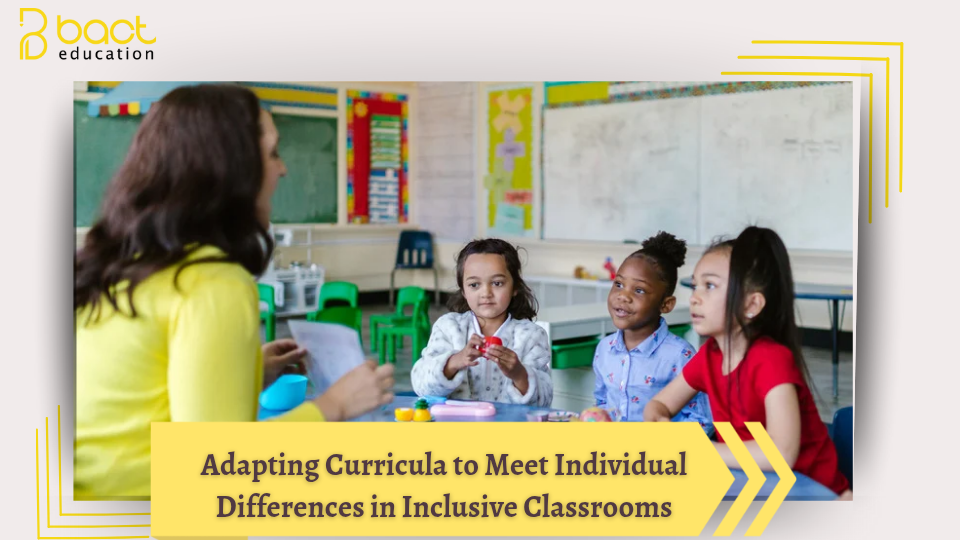Adapting Curricula to Meet Individual Differences in Inclusive Classrooms
Introduction:
In light of the global shift toward inclusive education, it has become essential for curricula to adapt in order to meet the needs of all learners, regardless of their abilities or educational backgrounds. An inclusive classroom embraces students with diverse academic levels, learning needs, and experiences, which requires flexible teaching practices capable of accommodating this variety.
This highlights the importance of curriculum adaptation as a fundamental tool for achieving educational equity and ensuring equal opportunities for all students.
First: What Is Curriculum Adaptation?
Curriculum adaptation refers to making appropriate adjustments to the content, teaching methods, assessment tools, or learning objectives, ensuring that all learners — including those with special educational needs — are fully and effectively engaged in the learning process.
Second: What Individual Differences Should Be Considered?
- Differences in intellectual and cognitive abilities.
- Differences in learning speed and learning styles.
- Differences in language and cultural backgrounds.
- Differences in interests and motivation levels.
- The presence of special educational needs or disabilities.
Third: How Is the Curriculum Adapted in Inclusive Classrooms?
Adapting Content:
- Simplifying complex concepts for certain students.
- Using multiple resources to explain the same topic (images, videos, hands-on experiments).
- Selecting topics that are relevant to students’ daily experiences.
Adapting Teaching Methods:
- Adopting cooperative learning approaches (group work).
- Using active learning strategies (such as educational games).
- Providing additional time for students when necessary.
Adapting Assessment Tools:
- Using flexible assessment methods (projects, interviews, presentations).
- Allowing assistive tools (such as screen readers or tablets).
- Focusing on evaluating individual progress rather than comparing students to a group standard.
Adapting Learning Objectives:
Reducing certain objectives to match a student’s abilities when needed.
- Emphasizing the achievement of maximum possible progress for each student based on their level.
Fourth: The Teacher’s Role in Curriculum Adaptation:
- Observing and accurately diagnosing individual differences.
- Planning lessons in advance while considering the diversity of student needs.
- Collaborating with support teams (such as special education specialists or school psychologists).
- Creating a flexible, welcoming, and motivating classroom environment for all learners.
Conclusion:
Adapting the curriculum is not merely an additional task but an educational and ethical commitment to ensure every student’s right to learn.
In inclusive classrooms, a successful teacher is one who can design a learning experience that embraces diversity and gives every student the chance to showcase their best abilities.
Thus, the classroom transforms from a space of passive instruction into a rich educational environment that empowers and supports every individual within it.

